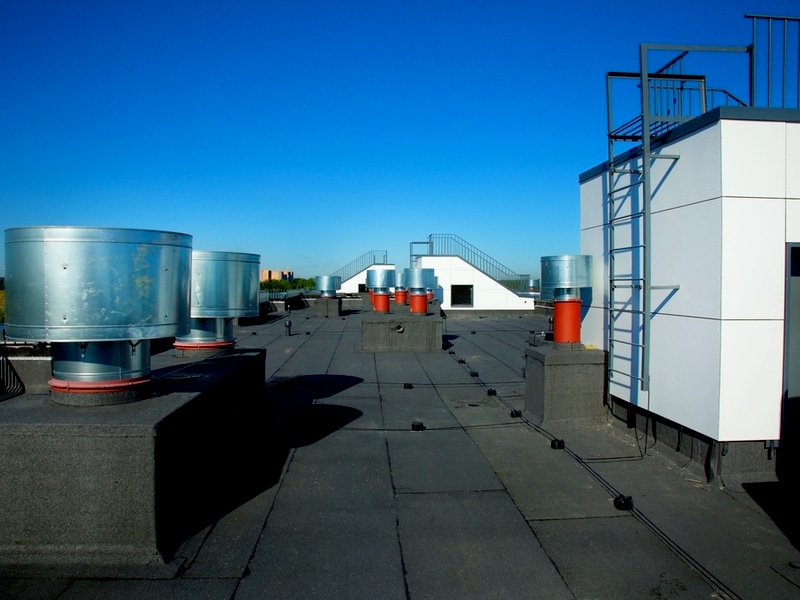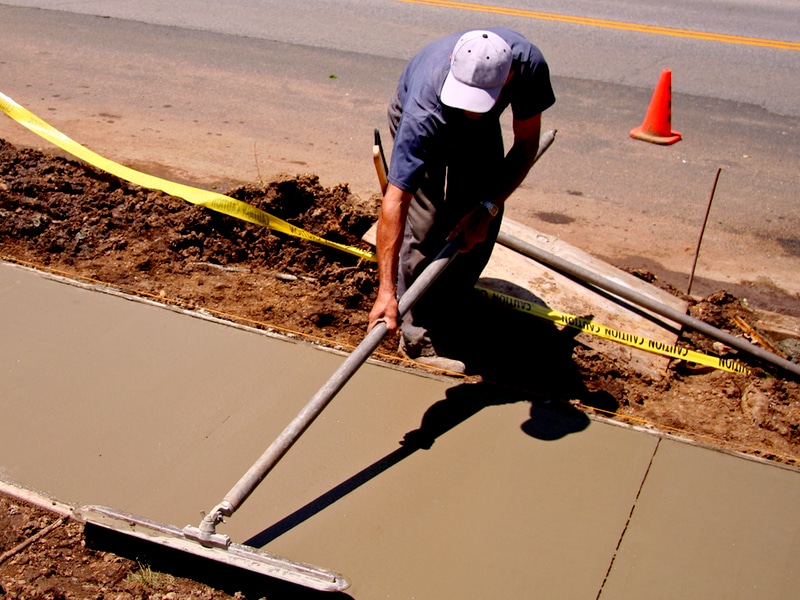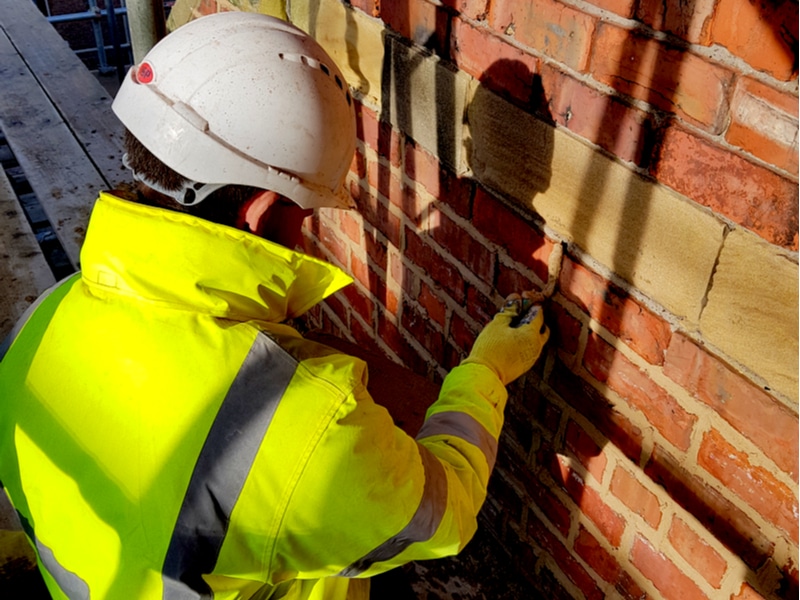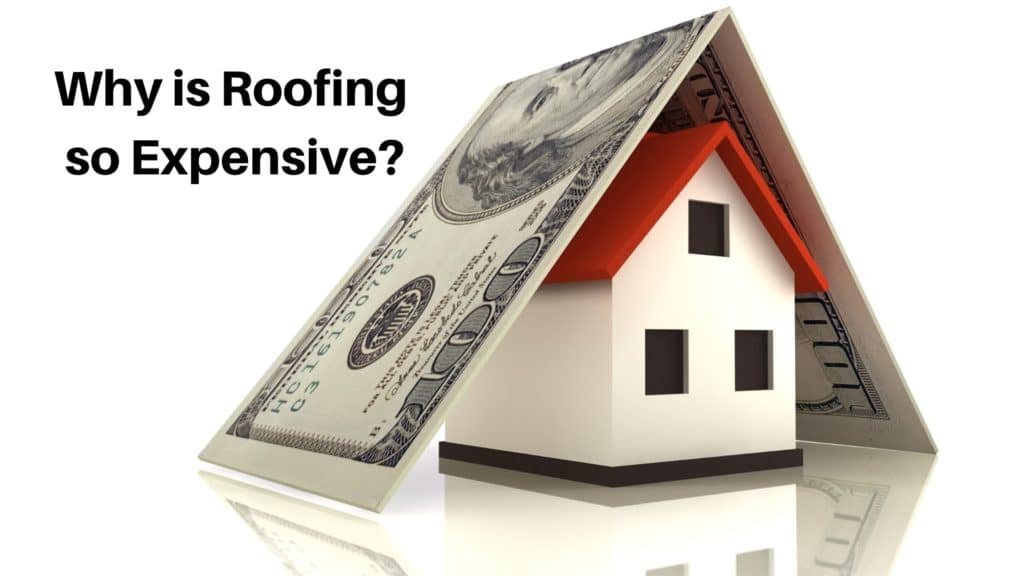Every homeowner knows that any roofing job, whether installing a new roof or just repairing some leaky portions of a roof, is costly. The actual cost of either roof repair or replacement is directly influenced by the materials you choose and the installation manner, as reflected through the estimated cost submitted to you by prospective contractors.
The Cost Factors Involved
There are numerous cost factors that often significantly impact the overall price of any roofing project. You need to understand some aspects to be discussed below to know why roofing is such an expensive undertaking.
1. Preferred Roofing Material
Like any other essential commodity, roofing materials’ market price continued to rise due to inflation and increased manufacturing cost. Roof tiles and shingles, for instance, are among the most popular materials whose price has doubled over the last few years. The raw materials used for these roofing products include concrete, clay, protective coating, and organic felt. However, the rise of oil prices and transport costs has directly affected the manufacturing expenses of asphalt shingles and clay tiles, which make them cost for roofing contractors.
Roofing materials generally make up somewhere between 66% and 75% of the overall installation cost, delivery, and handling cost included. Fiberglass asphalt shingles, for example, fall between 70% and 75% of the total cost for most roofing projects. Aside from the material itself, it would be best if you also had to add the cost of other parts such as wood sheathing, starter strips, rolled underlayment, and ridge vent to the final expenses. Moreover, the cost of disposing of broken and damaged materials has also increased dramatically in recent years due to the increased rental cost of transport equipment.
2. Labor
Labor cost directly influences any roofing project’s overall cost, especially if the project requires specialized installation methods and highly skilled roofers. An ordinary roofer cannot install all roofing products because some of the roofing materials need prior training and product orientation from the manufacturer. The demand for quality roofers also significantly raises the service contract’s price on top of insurance coverage and work benefits to be charged to the client. When it comes to typical roofing repair and installation of common materials like asphalt shingles and metal roofs, you can combine entry-level and experienced roofers to save money.
There are no significant changes in determining the labor cost in recent years. The price is still determined based on the skill level and the amount of time required to complete the project. The roofing job remains difficult and risky for anyone, and there should always be a fall protection system installed in place to secure workers against workplace accidents and slip hazards. Risk assessment and work policy agreements between the client and contractor may also add to the overall project cost.
As a rule of thumb, the labor cost for complicated roof installation is higher, while lower rates are given to workers who will handle flat roofs and low-pitched roofs. For instance, in shingle roof replacement, the first step involves the removal and disposal of old roofing materials. Afterward, the removal of old underlayment and thorough inspection of wood sheathing follows before roofers will install the new roof.
As you see, labor cost varies depending on the nature of the roofing job since repair and replacement works are two different roofing activities requiring individual skill levels. In many cases, seasoned roofers with a team of five people can complete a typical 2,000-square foot home within 45 working hours or less than a week.
3. Insurance Coverage
Insurance is an indirect aspect of roofing, affecting material prices and labor costs. Insurance rates keep increasing each day, prompting roofing contractors to raise the contract to pay for the worker’s insurance. Prospective bidders often include insurance to the estimated cost, so be sure to check it out when evaluating proposals.
4. Accessory Materials and Equipment Cost
The majority of the roofing materials include accessories expediting the installation process. Contractors usually have the cost of roofing accessories to the average price of the material per 100 square feet of coverage. For example, for a complete shingle replacement, required tools and accessories may include costs for new drip edge, power cutters, fasteners, drilling tools, ventilation components, and new flashing. Your final invoice should also indicate the investments made by your prospective contractor on various devices, consisting of 5% of the total cost, including roof jacks, shingle cutters, nail guns, pancake compressors, circular saws, and pneumatic nailers.
The work approach for every roofing job is often unique due to the project’s various demands in terms of roof design, turnaround time, and allocated budget. The roofing contractors in New York professionals will ensure a stable and more efficient roof installation system to secure your precious home from the elements. Learn more @ManhattanRoofingNyc.com about high-quality roofing repair and installation services when you speak with one of our trusted project representatives today.
About Us
TCI Roofing is new york’s premier roofing company and commercial contractor. With generations of experience, you can rest assured that we will get the job done right the first time, every time.
TCI Roofing attracts and retains a group of talented professionals who approach projects with the goal of service excellence and seamless completion.
Our project executives and resource group team leaders have an average of more than 20 years in the industry and take pride in sharing their knowledge with and mentoring the next generation of leaders.
Our Services

Roofing Services
Roofing, Repairs & Leaks
Asphalt Shingles
Flat Rubber Roofing
TPO Roofing
Gutters

Concrete Services
DOT Sidewalk Repairs
Blacktop Repair
Concrete Repairs
Foundation Repairs
Driveways Repairs
Walkways Repairs


